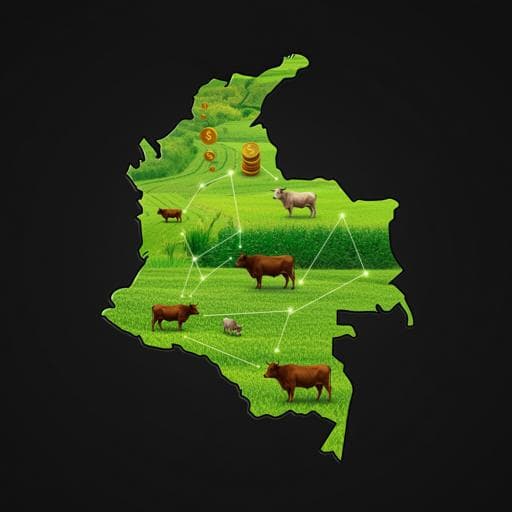
Agriculture
The impact of agricultural credit on the cattle inventory and deforestation in Colombia: a spatial analysis
D. M. Tejada, M. F. D. Baca, et al.
This study by Daniela Mejía Tejada and colleagues explores the intriguing relationship between agricultural credit, cattle production, and deforestation in Colombia. Utilizing advanced spatial panel data models, the research finds unexpected results—highlighting significant regional influences in cattle production while revealing no connections to deforestation. Dive in to understand the complexities of credit access in agriculture!
~3 min • Beginner • English
Related Publications
Explore these studies to deepen your understanding of the subject.







